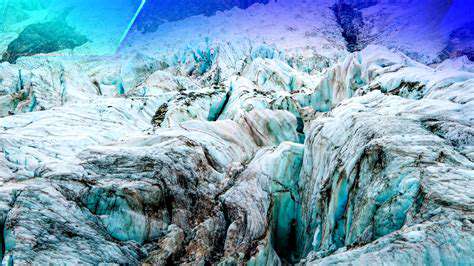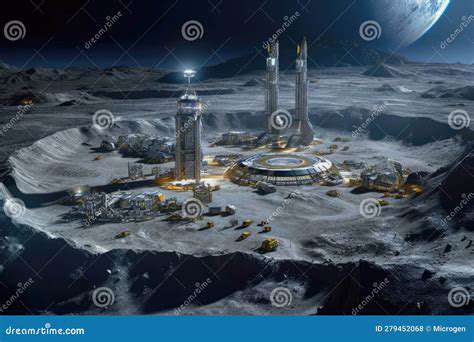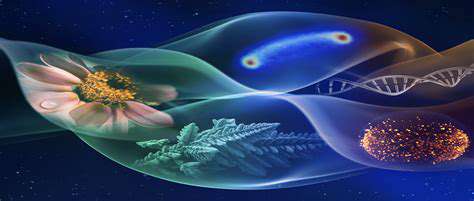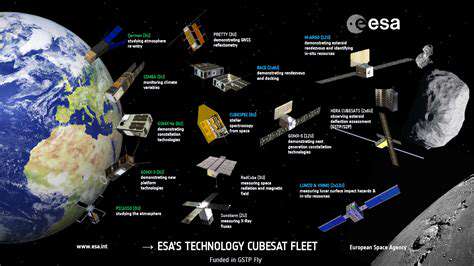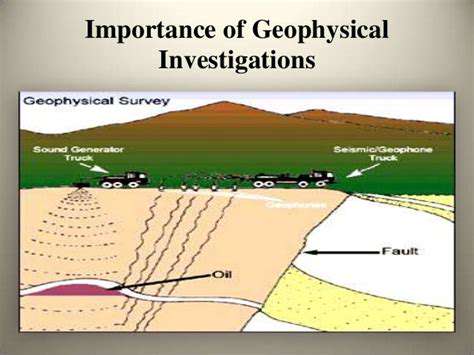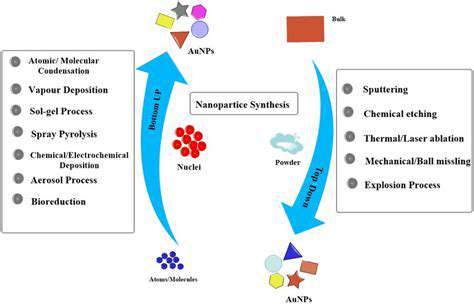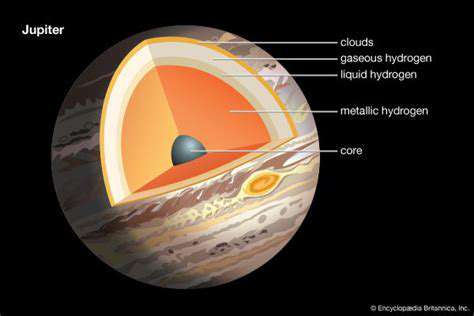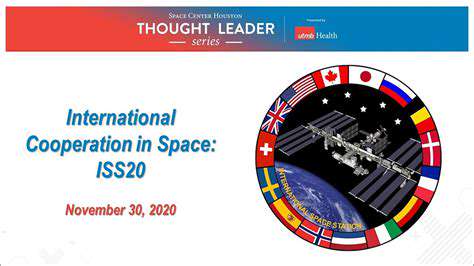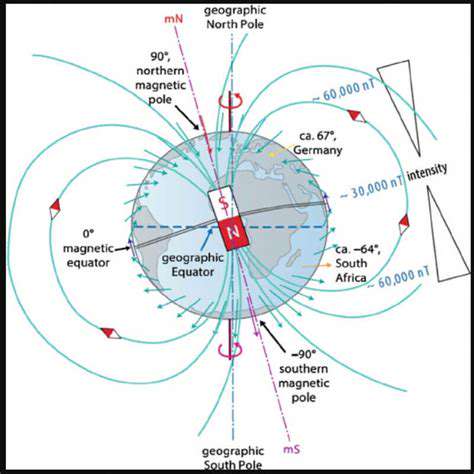
Lunar magnetism presents a fascinating puzzle to scientists. While the Moon's overall magnetic field is significantly weaker than Earth's, localized regions of magnetism, known as lunar magnetic anomalies, are surprisingly strong. These anomalies are concentrated in certain areas of the lunar surface and pose a challenge to our understanding of the Moon's internal structure and its evolution throughout its history. Understanding these anomalies could provide critical insight into the early solar system.
The source of these magnetic fields, unlike Earth's, is not a global dynamo operating within the Moon's core. Instead, the prevailing theory suggests that these localized magnetic fields were generated during the Moon's early history, when its interior was significantly hotter and more active. This early period, likely a few hundred million years after the Moon's formation, is thought to have been a crucial time for the development of the Moon's magnetic field. This era of intense internal activity likely played a critical role in shaping the Moon's current geological landscape.
One of the key mysteries is the timing of these magnetic field events. Scientists are still trying to pinpoint when these anomalies formed, and whether they were generated in short, intense bursts or gradually over extended periods. This precise dating is crucial to understanding the evolution of the lunar interior. Determining the precise timing of magnetic field formation would provide valuable information about the Moon's early thermal evolution and the processes that influenced its geological development.
Furthermore, the spatial distribution of the magnetic anomalies hints at the complex interactions between the Moon's interior and the surrounding environment during its early formation. The precise locations of these anomalies are not randomly distributed, suggesting some underlying pattern or connection to the Moon's internal structure. This pattern is yet to be fully understood and further research is needed to unravel the secrets behind these anomalies.
The study of lunar magnetism has broader implications for our understanding of planetary evolution. By studying the Moon, we can gain insights into the processes that shaped the magnetic fields of other rocky bodies in our solar system, including Mars and Mercury. Comparing the Moon's magnetic field to those of other celestial bodies can help refine our models of planetary evolution and potentially reveal clues about the conditions that led to the development of life on Earth. Understanding the Moon's magnetic past helps us to better understand how planetary bodies develop and evolve over time.
The study of the Moon's magnetism is an ongoing endeavor, with new data and insights emerging from ongoing missions and analyses of lunar samples. These discoveries will continue to refine our understanding of the Moon's early history and the fundamental processes that shaped its geological character. This knowledge is crucial to understanding the evolution of planetary bodies and the processes that lead to the formation of magnetic fields in the universe.
Potential Sources and Mechanisms: Iron-Rich Magma and Early Dynamo Activity
Iron-Rich Magma Composition
The composition of lunar magma plays a crucial role in the development of a planetary magnetic field. Iron-rich magmas, containing higher concentrations of metallic iron compared to other elements, are a potential source of the necessary conductive materials for dynamo action. Understanding the precise chemical makeup, including the abundance of transition metals and their distribution within the magma, is vital to assess the feasibility of generating a magnetic field within the early lunar interior.
Early lunar magmatism likely involved significant differentiation processes, leading to the separation and accumulation of iron-rich components in specific regions of the lunar mantle. These regions, enriched in iron, could have acted as reservoirs for the conductive materials required for dynamo generation.
Early Lunar Dynamo Mechanisms
Several mechanisms are hypothesized to have driven the early lunar dynamo. One key aspect involves the convection currents within the molten iron-rich core. These currents, generated by temperature gradients and compositional variations within the core, would induce electrical currents, creating a magnetic field.
The presence of a significant amount of metallic iron and its interactions with other elements within the lunar core are critical factors in determining the efficiency and longevity of the dynamo. The rate of cooling and solidification of the lunar core would also play a crucial role in the duration of the dynamo activity.
Impact Cratering and Dynamo Disruption
The early lunar environment was heavily bombarded by asteroids and other celestial bodies. These impacts could have had a significant effect on the development and maintenance of the lunar dynamo. Large-scale impact events could have disrupted the convection currents within the core, potentially leading to the cessation of dynamo activity.
The energy released from impact events could have temporarily heated the lunar core, altering the thermal gradients and convection patterns. The long-term effects of these impacts on the core's stability and the dynamo's ability to persist remain a subject of ongoing research and modeling.
Role of Mantle Convection
Mantle convection, driven by temperature differences within the lunar mantle, could have played a vital role in transporting heat and potentially influencing the core's thermal state. The interplay between mantle and core convection is essential to understand the overall dynamic processes within the early lunar interior.
The presence of mantle plumes and other convective structures could have influenced the distribution of heat within the lunar mantle and core, potentially impacting the strength and persistence of the dynamo.
Importance of Core Size and Composition
The size and composition of the lunar core are fundamental factors in determining the potential for dynamo activity. A large, iron-rich core provides a greater volume for convection currents and a greater reservoir of conductive material, increasing the likelihood of a sustained dynamo.
The precise composition of the core, including the relative abundances of various elements, impacts the electrical conductivity of the core material. High electrical conductivity is crucial for efficient dynamo action.
Evidence from Lunar Samples
Analysis of lunar samples provides crucial insights into the composition and evolution of the early lunar interior. The presence of specific minerals and isotopes in lunar rocks can offer clues about the magma's composition and the conditions during its formation.
Detailed study of lunar samples, combined with advanced modeling techniques, allows scientists to reconstruct the conditions in the early lunar interior and assess the feasibility of a long-lived dynamo. This information is vital for understanding the broader context of planetary evolution.
Models and Simulations
Numerical models and simulations play a significant role in investigating the potential for lunar dynamo activity. These tools allow scientists to explore different scenarios and parameters, such as core size, composition, and thermal evolution, to determine the likelihood of a sustained magnetic field.
Sophisticated simulations can incorporate various factors like impact events, mantle convection, and core cooling to provide a more comprehensive understanding of the complex interplay of these processes and their influence on the lunar dynamo.


